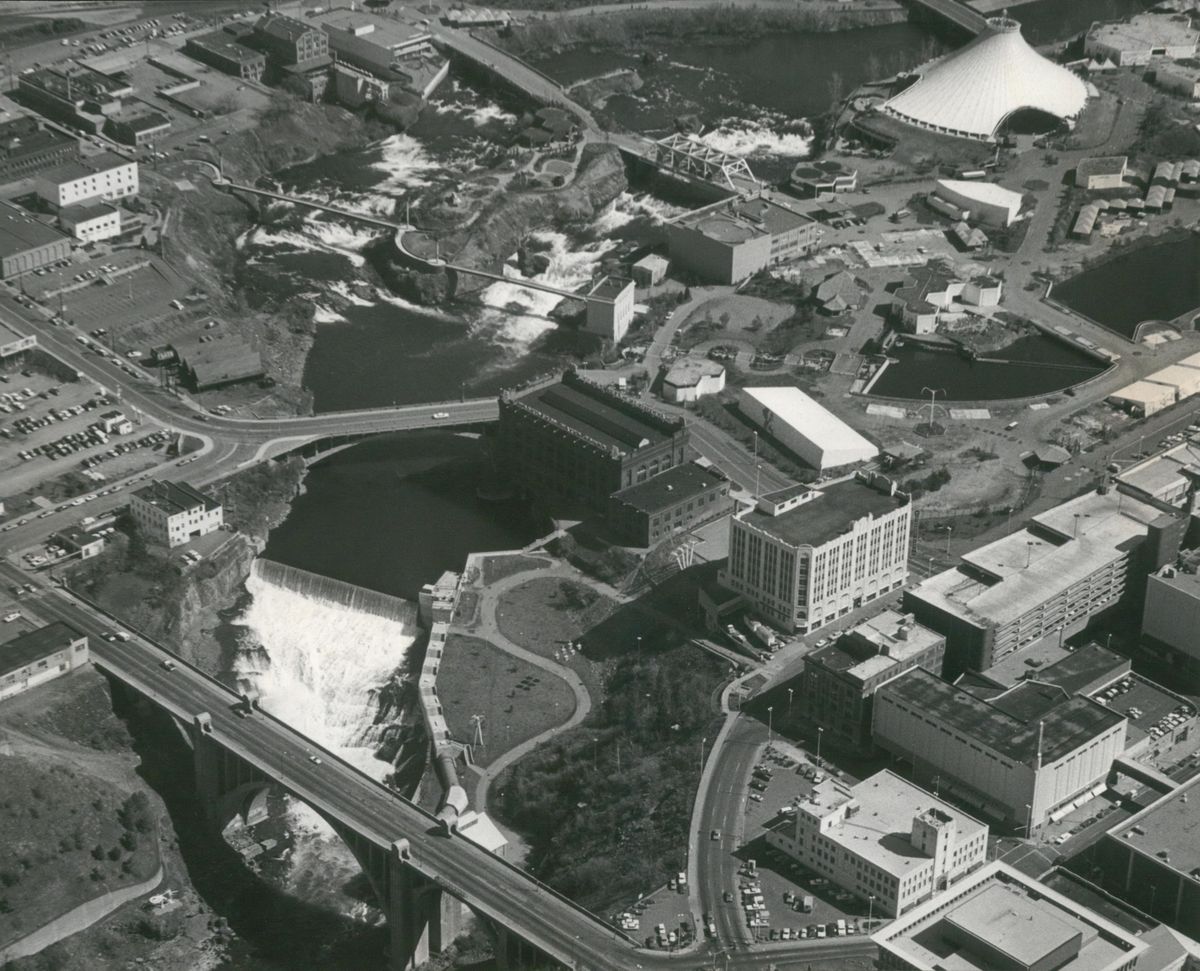Spokane River’s story one of geology, settlement

Timeline from the “The Spokane River Story” in The Spokesman-Review in 1991:
14 to 16 million years ago: Lava flows from cracks in the earth, which settles in low areas which will define the path of the future Spokane River.
500,000 to 13,000 years ago: Dozens, perhaps hundreds, of floods from glacial Lake Missoula scour Eastern Washington, creating channels for new rivers.
About 8,000 years ago: Ancient peoples, possibly ancestors of the Spokane Indians, appear in the archeological record.
About 4,500 years ago: Spokane Indians center their lives on the river, which provides their main food source, salmon.
1810: A fur company establishes a post, known as Spokane House, on the river. It was the first permanent white settlement.
1851: Antoine Plante constructs a ferry at the present site of Plante’s Ferry Park. It costs 50 cents per person, 15 cents per animal and $4 per wagon to cross the river.
1881: The village of Spokan Falls is incorporated. The “e” was added in 1883 and “Falls” dropped in 1891.
1885: George A. Fitch builds the first water-powered generator. It powers a dozen arc lights.
1888: The city requires that toilets be connected to a municipal sewer system that flows directly into the Spokane River. Sewer runs over gravel shelves. Some think this purifies the sewage. It doesn’t.
1890: The dam at Monroe Street Bridge begins operating. Washington Water Power Co., now called Avista, builds six dams on the river. The city builds one near Upriver Drive.
1907: The city of Spokane stops drawing its drinking water directly from the river and switches to wells. The reason? Coeur d’Alene residents begin pumping their sewage into the river upstream.
1958: The Spokane Wastewater Treatment plant is built on Aubrey L. White Parkway below Downriver Golf Course on a site once used by the Spokane Indians for a fishing camp.
May 4, 1974: President Richard Nixon opens Expo ’74. The site becomes Riverfront Park after Expo ends.
1990: The WWP powerhouse under the Monroe Street Bridge is removed and generator is concealed beneath the plaza in Huntington Park.
Currently, Riverfront Park is being redeveloped with new features and landscaping paid for with a park bond of almost $64 million.